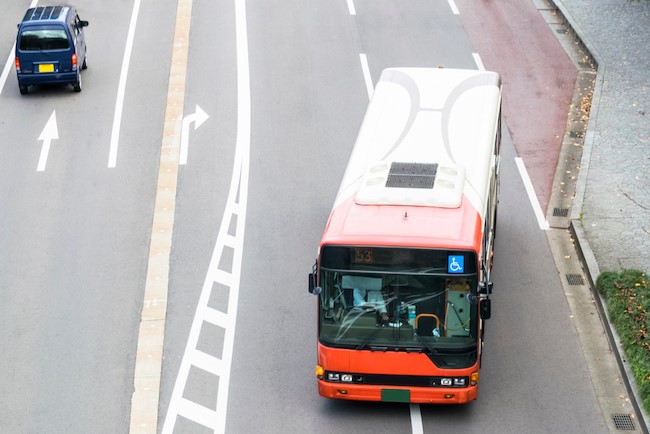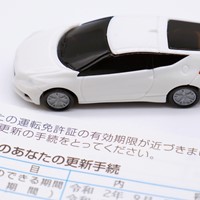How to Use the Bus in Japan Like a Pro

When you touch down in Japan, one of your first mini-adventures will likely involve deciphering the transport system. While Japan's trains often steal the limelight, the bus system, in all its varied glory, offers a wonderful way to weave through cities, towns, and everything in between.
Understanding Bus Transport Brouhaha in Japan
The bus system in Japan can be confusing at first glance, especially as there are often differences on a regional scale. While JR and other train companies have done a great job ensuring the trains have a similar system across all regions of Japan, the buses can vary greatly. This is particularly relevant to local buses that operate within a particular city or prefecture. These can serve as a secondary form of transport to trains or the primary form of public transportation in more rural areas. Smaller towns, or those on the edges of the big cities, may be easier to get around by bus than by train.
For traveling between regions, there are various highway buses. A highway bus is an express bus traveling long distances, usually across multiple prefectures. Highway buses generally take more time than other options like the Shinkansen. Still, they are significantly cheaper and are an excellent option for travelers on a budget. They can also be helpful when visiting less popular prefectures that don't have a great connection with the Shinkansen or other express trains.
Preparing for the Ride
How to Pay on Local Buses
Payment on these can be an adventure in itself. Many urban buses sync with the IC card system, which is familiar to train riders. You're good to go, whether it's a Suica, Pasmo, or ICOCA card. The dance involves tapping the card when you board, disembark, or both. But some places still cherish tradition, sticking with paper tickets. Here, you hand over the exact change to the driver. The onboard change machine has your back if you're short on coins. If you're unsure which system is in place, follow the locals or look for card and ticket machines when boarding. And if you goof up? Bus drivers, with their legendary patience, usually sort things out for lost tourists.
How to Pay on Highway Buses
These are straightforward. It's a prepaid world, and you need your ticket before boarding. You can book in advance online, directly at the bus company, or even through nifty machines in convenience stores (though some Japanese prowess may help). Once you've got your golden ticket, the driver will check it, and voilà, you're off!
Bus Stations & Stops: Decoding the Maze

Understanding bus routes is part detective work, part intuition. Resources like Google Maps are a boon, ensuring you're on the right track (or road). In Japan, bus stops are christened with names. For instance, Kyotoekimae, A1, is located near Kyoto Station, denoted as A1. While many stops are cozy with just a bench and a timetable, bustling hubs, especially near train stations, are mini mazes with multiple numbered stops.
Buses usually have a number, so if you are unsure that you are at the right stop, the bus schedule is your treasure map. Most bus schedules in Japan follow a similar format. There will be separate schedules in a table format for each bus. The table will have times listed for weekdays (平日) and weekends/holidays (休日). The table will have a column for hours and a column for minutes. Once you decode the hours and minutes, you'll know when your chariot arrives.
Boarding, Riding, and Getting Off the Bus

Boarding
The majority of buses in Japan welcome passengers through the rear door. If the rear stays shut, then it's the front door's time to shine. As with everything in Japan, there's an art to queuing, and the same applies to buses. The queue forms with a polite orderliness, and if anyone exits the bus, the crowd waits patiently before hopping on.
Cruising
Once onboard, think of bus etiquette as an extension of train etiquette. Keep your phone chats for later, avoid loud banter, and reserve snacking for another setting. Highway buses, being long-haul, are a bit more relaxed. Their reclining chairs are perfect for a nap, but it's courteous to check with the passenger behind before reclining.
Getting Off the Bus & Communicating with the Bus Driver
If your destination is approaching, a button usually nestled on the back or side of the seat in front alerts the driver. When unsure where the bus is going, a quick chat with the driver before boarding can set things straight.
Most buses see passengers alighting from the front door, where the fare magic happens. You tap your trusty IC card or settle with a paper ticket and coins.
Mastering a Blissful Bus Journey

With a few tips, your bus journey can be as smooth as a bowl of silky ramen. The most important is to follow all etiquette guidelines as best as possible. Priority seating, usually at the front, is reserved for the elderly, injured, or pregnant passengers. Many people outside these categories still use the seating, but if a priority passenger boards the bus, it is best to give up the seat.
If the bus gets crowded, making room becomes key. Holding onto the handles ensures you don't wobble during sudden stops. Crowded times include peak hours in the morning and evening and school ending times. Local buses offer designated spots for those with luggage, while highway buses, built for longer journeys, come with spacious trunks below. The driver will help load and unload large items, and you can bring a smaller bag onto the bus. Using these tips and following the general transport etiquette should allow for a simple and smooth bus experience.
Embrace the Bus Adventure!
Navigating Japan by public transport is a rite of passage for every traveler. With its unique quirks, the bus system offers a window into Japan's varied landscapes, local life, and impeccable orderliness. So, while the train journeys get a lot of love, remember to give buses a chance on your next Japanese escapade. They might surprise you with a delightful detour! We hope you found this helpful. While browsing, check out more of our content on travel and everyday life in Japan and see what you can learn!




















